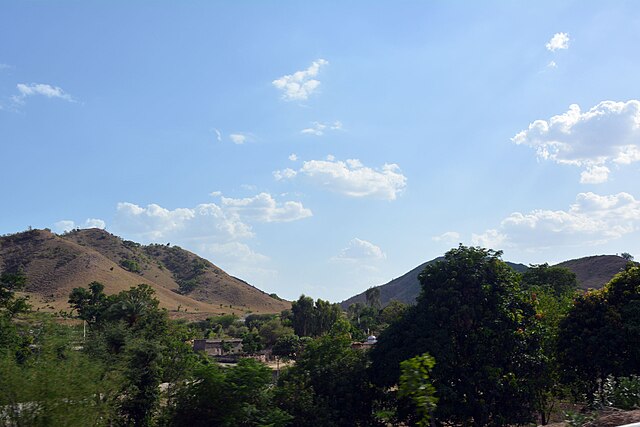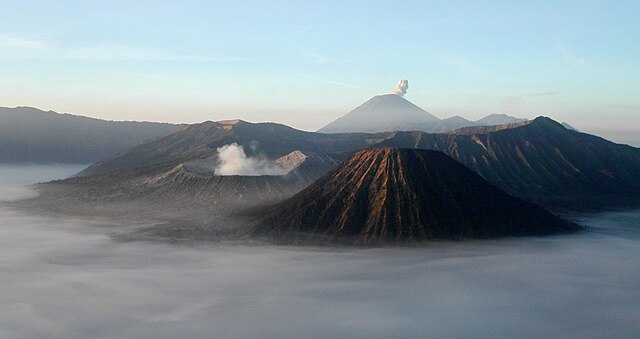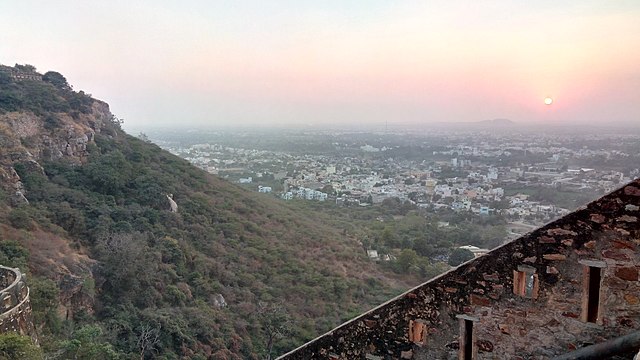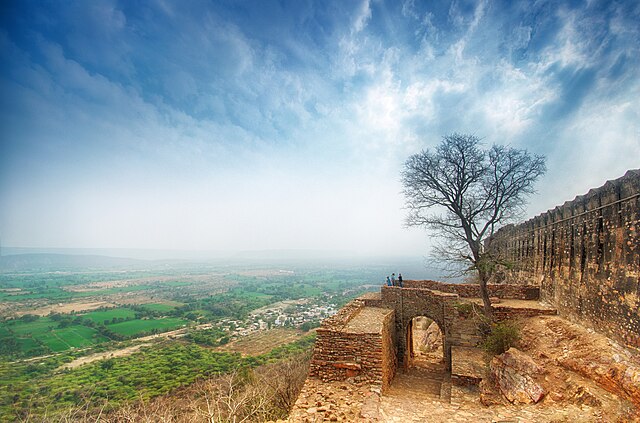Ever wondered what it’s like to experience the weather in Chittorgarh, a city steeped in history yet buzzing with modern life? Nestled in the heart of Rajasthan, India, Chittorgarh is known for its majestic forts, vibrant culture, and, of course, its distinct climate. The weather here is as dynamic as the city’s tales of valor, swinging from scorching summers to chilly winters and everything in between. Whether you’re planning a trip to explore the iconic Chittorgarh Fort or just curious about what the skies have in store, understanding the city’s weather is key. Let’s dive into the seasons, forecasts, and tips to make the most of your time in this historic gem!
Where Is Chittorgarh, and Why Does Its Weather Matter?
Chittorgarh sits at an elevation of about 513 meters above sea level, with coordinates 24.88°N and 74.97°E. This positioning in southern Rajasthan gives it a semi-arid climate, influenced by the Aravalli hills and the region’s desert-like surroundings. Why should you care about the weather here? Well, whether you’re a local planning your day or a tourist mapping out a visit, the weather can make or break your plans. From deciding what to wear to knowing when to dodge a monsoon downpour, staying informed about Chittorgarh’s climate is a game-changer.
Geographical Factors Shaping Chittorgarh’s Climate
Chittorgarh’s weather is shaped by its unique geography. The city’s elevation moderates temperatures slightly compared to lower-lying desert areas, but don’t expect a cool breeze all year round! The Aravalli Range acts like a shy barrier, offering some protection from extreme desert winds but not enough to escape Rajasthan’s signature heat. The region’s proximity to the Thar Desert means dry air dominates most of the year, while the monsoon season brings a dramatic shift with heavy rains. It’s like the city flips a switch from arid to lush in just a few months!
Chittorgarh’s Climate: A Seasonal Breakdown

Chittorgarh’s climate can be split into three main seasons: summer, monsoon, and winter. Each has its own personality, from blistering heat to refreshing rains and crisp, cool nights. Let’s break it down so you know what to expect, no matter when you visit or live here.
Summer in Chittorgarh: Hot and Relentless
Summer in Chittorgarh, running from March to June, is like stepping into an oven. Temperatures often soar between 35°C and 45°C, sometimes even nudging past 47°C on the hottest days. The sun blazes down, and the dry air makes hydration your best friend. If you’re out exploring the city’s forts or markets, think lightweight clothes, sunscreen, and a trusty water bottle. Nighttime brings some relief, with temperatures dipping to around 25–30°C, but don’t expect a chilly escape. Planning indoor activities during the day? That’s a smart move!
Tips for Surviving Chittorgarh Summers
Surviving a Chittorgarh summer is all about preparation. Wear loose, breathable fabrics like cotton, and don’t skimp on the sunscreen—UV indexes can hit 8 or higher. Stay hydrated by sipping water or local drinks like lassi. If you’re sightseeing, aim for early mornings or late afternoons to avoid the midday heat. Locals swear by staying in the shade and taking it slow, so why not follow their lead?
Monsoon Magic: Chittorgarh’s Rainy Season
From July to September, the monsoon transforms Chittorgarh into a greener, cooler version of itself. Expect daily highs of 30–35°C and lows around 25°C. Rainfall is moderate to heavy, with July and August being the wettest months, often seeing 100–200 mm of rain. Thunderstorms are common, sometimes accompanied by lightning, making the skies feel alive with drama. The city’s lakes and rivers swell, and the surrounding hills turn lush, creating a picture-perfect backdrop for photography enthusiasts.
Monsoon season is a mixed bag—beautiful but tricky. Carry an umbrella or raincoat, as sudden showers can catch you off guard. Waterproof shoes are a lifesaver on Chittorgarh’s sometimes muddy streets. If you’re visiting historic sites, check for flood warnings, as low-lying areas can get waterlogged. But don’t let the rain dampen your spirits! The cooler temperatures and vibrant greenery make this a fantastic time to explore the city’s natural beauty.
Winter in Chittorgarh: Cool and Comfortable
Winter, from November to February, is Chittorgarh’s golden season. Daytime temperatures range from 20–28°C, while nights can dip to 10–15°C, sometimes even lower. The air is crisp, and the skies are mostly clear, making it the perfect time for outdoor adventures. Whether you’re climbing the steps of Chittorgarh Fort or strolling through local markets, winter’s mild weather makes everything more enjoyable. It’s like the city takes a deep breath and invites you to relax.
Making the Most of Chittorgarh Winters
Winter is prime time for exploring Chittorgarh. Pack a light jacket for evenings, but daytime calls for comfortable layers. This season is ideal for long walks, picnics, or visiting the city’s historical sites without breaking a sweat. Locals love this time of year for festivals and outdoor events, so keep an eye out for cultural celebrations to join in the fun!
Chittorgarh’s Air Quality: What You Need to Know
Air quality in Chittorgarh varies with the seasons. During the dry summer months, dust from the surrounding desert can push the Air Quality Index (AQI) to moderate levels, sometimes reaching 50–100 due to particulate matter (PM10). Monsoon rains help clear the air, bringing AQI down to healthier levels, often below 50. However, sensitive groups like those with respiratory issues should monitor AQI, especially in summer or during festivals when firecrackers might spike pollution. Ever thought about how clean the air feels after a good rain? That’s monsoon magic at work!
Tips for Dealing with Air Quality
If you’re sensitive to dust or pollution, a mask can be a lifesaver during summer or windy days. Stay updated on AQI through apps or local news, especially if you’re planning outdoor activities. Monsoon and winter months are generally safer for those with allergies, as rain and cooler air keep dust at bay. Indoor air purifiers can also help if you’re staying long-term.
Weather Forecasts: Planning Your Week in Chittorgarh
Looking ahead, the next week in Chittorgarh is likely to stay rainy, with temperatures ranging from 25°C to 33°C. Expect daily showers, with some days seeing heavier downpours. Thunderstorms might pop up, especially in the afternoons, so plan outdoor activities for early mornings or evenings. By mid-week, there could be a slight break in the rain, with partly cloudy skies offering a breather. Always check a reliable weather app for the latest updates, as monsoon forecasts can be as unpredictable as a plot twist in a Bollywood movie!
Long-Term Weather Trends
Over the next month, Chittorgarh will likely see the monsoon taper off by late August, giving way to drier, warmer days. September might bring temperatures back up to 35°C, with less frequent rain. If you’re planning a trip, late September to November is a sweet spot, blending warm days with cooler nights. Keep an eye on long-term forecasts, as climate patterns can shift slightly year to year.
How Weather Impacts Tourism in Chittorgarh

Chittorgarh’s weather plays a big role in its tourism scene. Winter is peak season, with comfortable temperatures drawing crowds to the Chittorgarh Fort, Vijay Stambh, and Kirti Stambh. Summer can be tough for sightseeing due to the heat, but early mornings or indoor museums are great alternatives. Monsoon brings fewer tourists, but the lush landscapes and cooler air make it a hidden gem for those who don’t mind a little rain. Ever wondered why some travelers rave about visiting during the rains? It’s the serene, green vibe that’s hard to beat!
Best Time to Visit Chittorgarh
If you’re planning a trip, aim for November to February for the best weather—cool, dry, and perfect for exploring. Monsoon (July to September) is great for budget travelers or those who love nature, but pack for rain. Summer? Only if you’re ready to brave the heat and stick to shaded or air-conditioned spots. Each season has its charm, so pick what suits your vibe!
Local Weather Wisdom: Tips from Chittorgarh Residents
Locals in Chittorgarh have mastered living with their climate. They’ll tell you to always carry water in summer, keep an umbrella handy in monsoon, and layer up for winter evenings. Many swear by traditional cooling drinks like buttermilk or jaljeera to beat the heat. During monsoon, they avoid low-lying areas prone to flooding. Want to blend in? Follow their lead and embrace the rhythm of the seasons.
Weather and Culture: Festivals in Chittorgarh
Chittorgarh’s weather ties closely to its cultural calendar. Winter brings festivals like Diwali and Teej, when the cool air makes outdoor celebrations a joy. Monsoon is quieter, but local fairs and religious events still pop up, often celebrating the rains. Summer might slow things down, but indoor cultural shows and music events keep the spirit alive. Ever been to a festival under a starry winter sky? It’s a memory you won’t forget!
Preparing for Extreme Weather in Chittorgarh

Extreme weather isn’t common, but it happens. Heatwaves in summer can push temperatures above 45°C, so stay hydrated and avoid midday sun. Monsoon floods are rare but possible in low areas, so check local alerts. Winter fog can reduce visibility, especially for drivers. Staying prepared means keeping an eye on forecasts and having a backup plan—think of it like packing an extra umbrella for life’s surprises!
Conclusion: Embrace Chittorgarh’s Weather with Confidence
Chittorgarh’s weather is as vibrant and varied as its history. From scorching summers to refreshing monsoons and crisp winters, each season offers a unique way to experience this Rajasthani gem. Whether you’re a local navigating daily life or a traveler planning a visit, understanding the climate helps you make the most of your time. So, grab your sunscreen for summer, an umbrella for monsoon, or a jacket for winter, and dive into Chittorgarh’s charm. What’s stopping you from exploring this historic city, no matter the weather?
FAQs About Chittorgarh Weather
1. What is the best time to visit Chittorgarh?
The best time to visit Chittorgarh is from November to February, when the weather is cool and pleasant, with temperatures between 10–28°C, ideal for sightseeing.
2. How hot does it get in Chittorgarh during summer?
Summer temperatures in Chittorgarh can climb to 35–45°C, occasionally hitting 47°C. Stay hydrated and plan outdoor activities for early mornings or evenings.
3. Does Chittorgarh experience heavy rainfall during the monsoon?
Yes, Chittorgarh sees moderate to heavy rainfall, especially in July and August, with 100–200 mm of rain. Thunderstorms are common, so carry rain gear.
4. Is air quality a concern in Chittorgarh?
Air quality is generally better during the monsoon and winter but can be moderate in summer due to dust. Check AQI if you have respiratory concerns.
5. How should I prepare for Chittorgarh’s winter?
Pack light layers for daytime and a jacket for chilly evenings, as temperatures can drop to 10–15°C. Winter is great for outdoor exploration!

